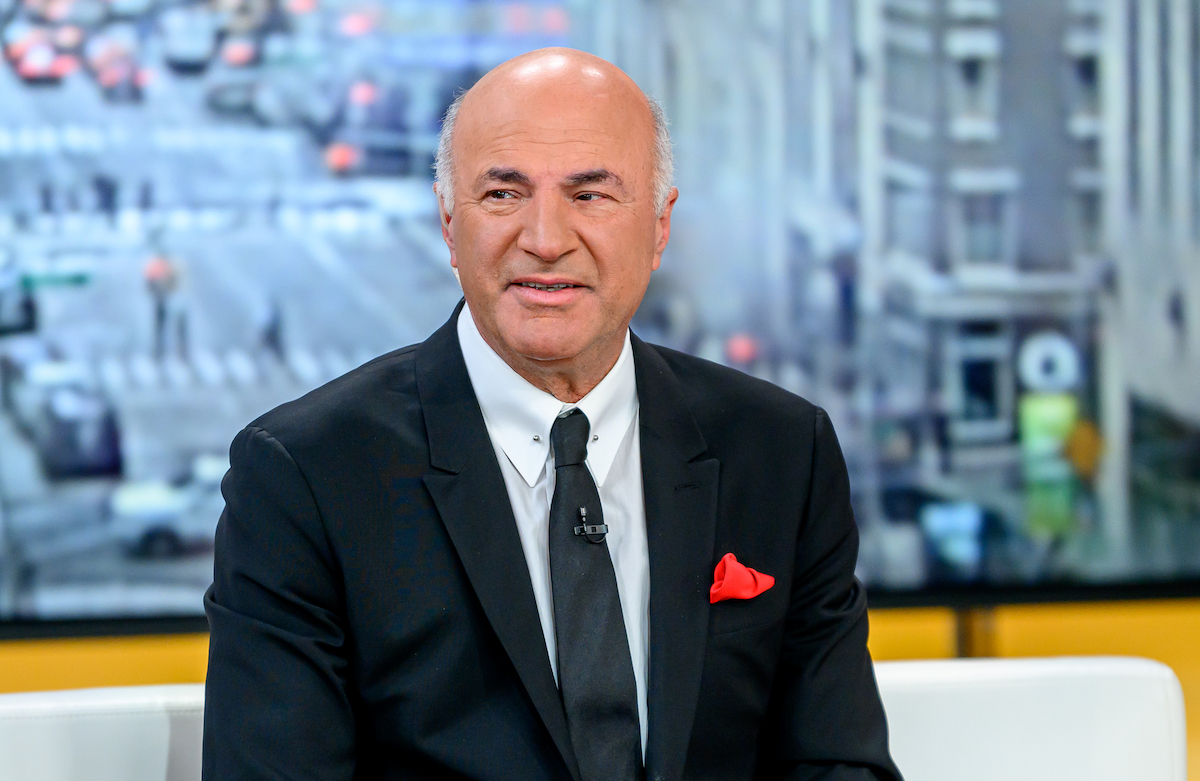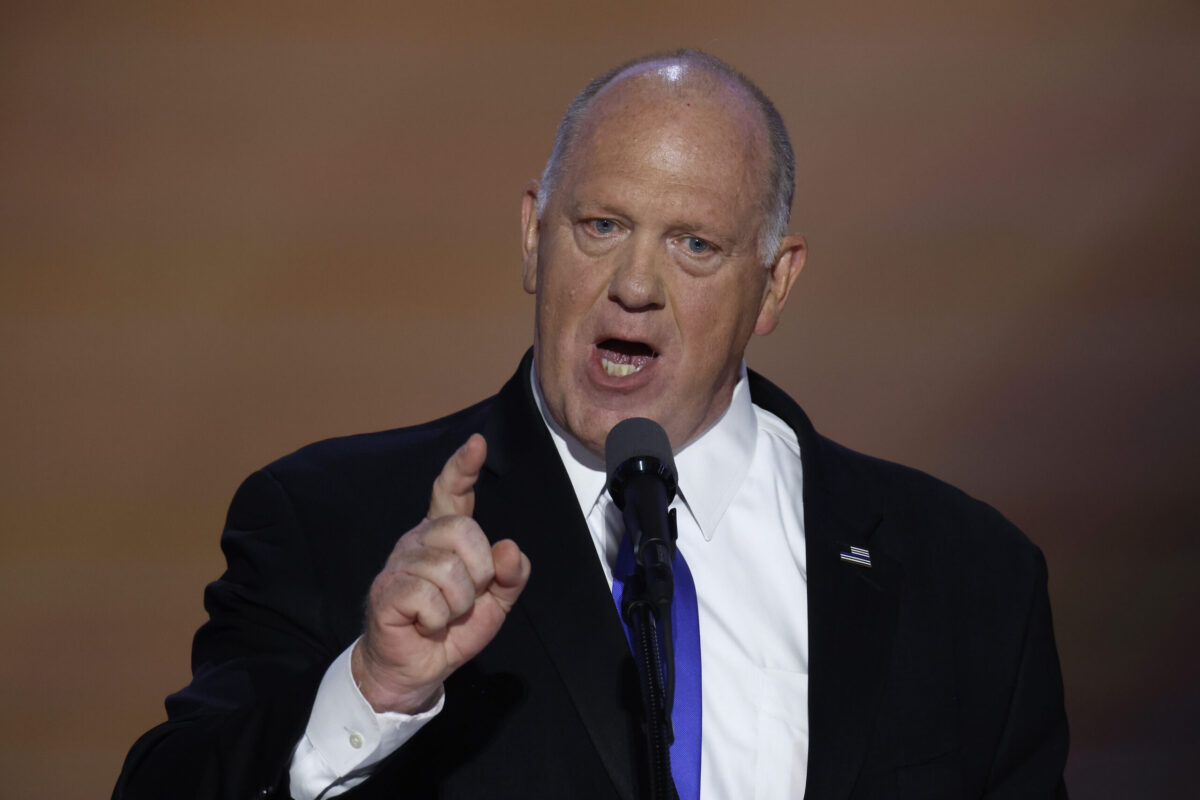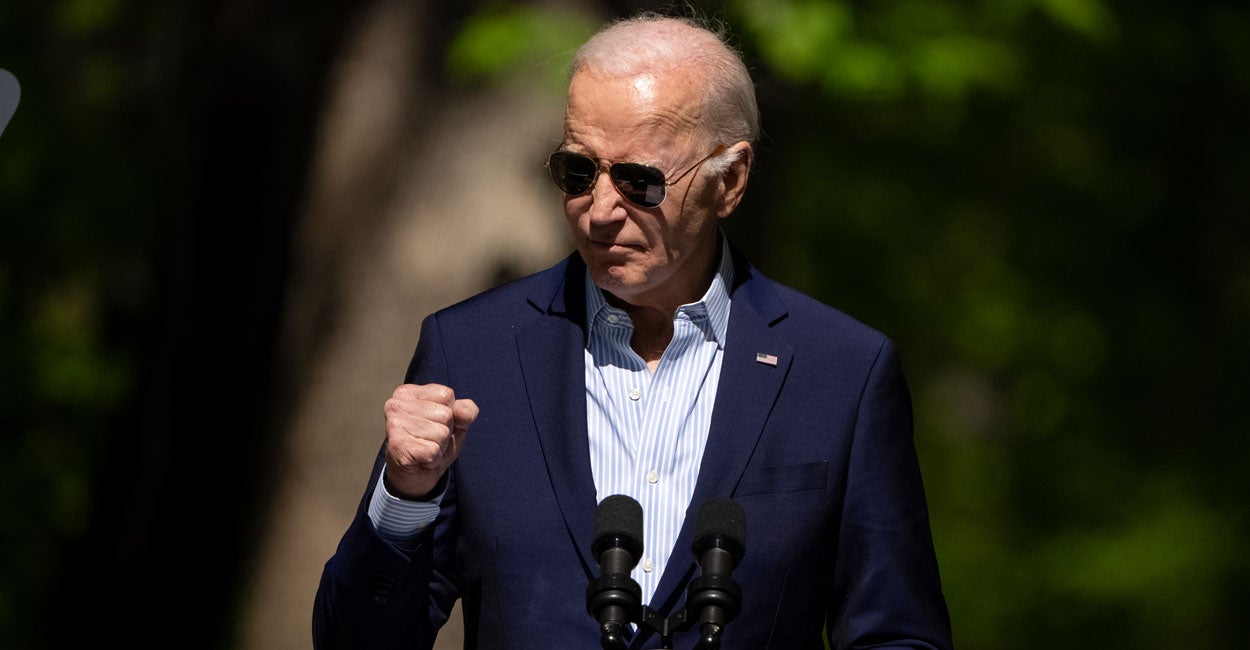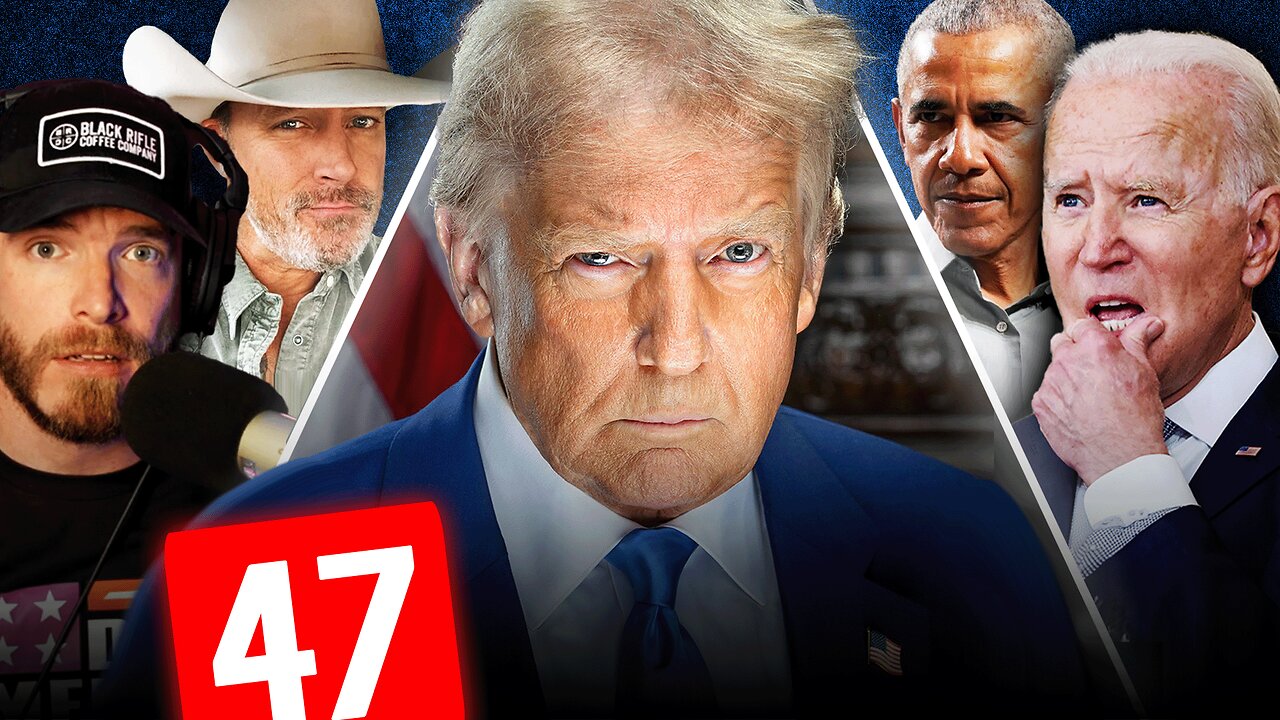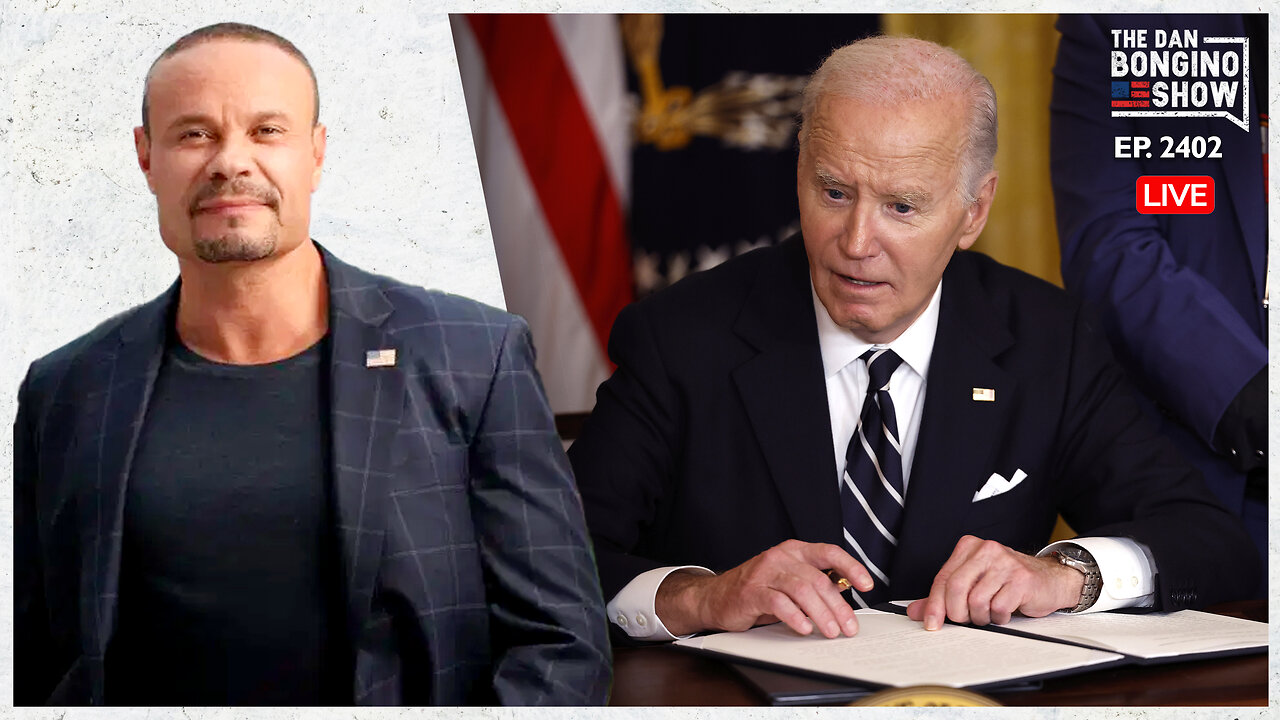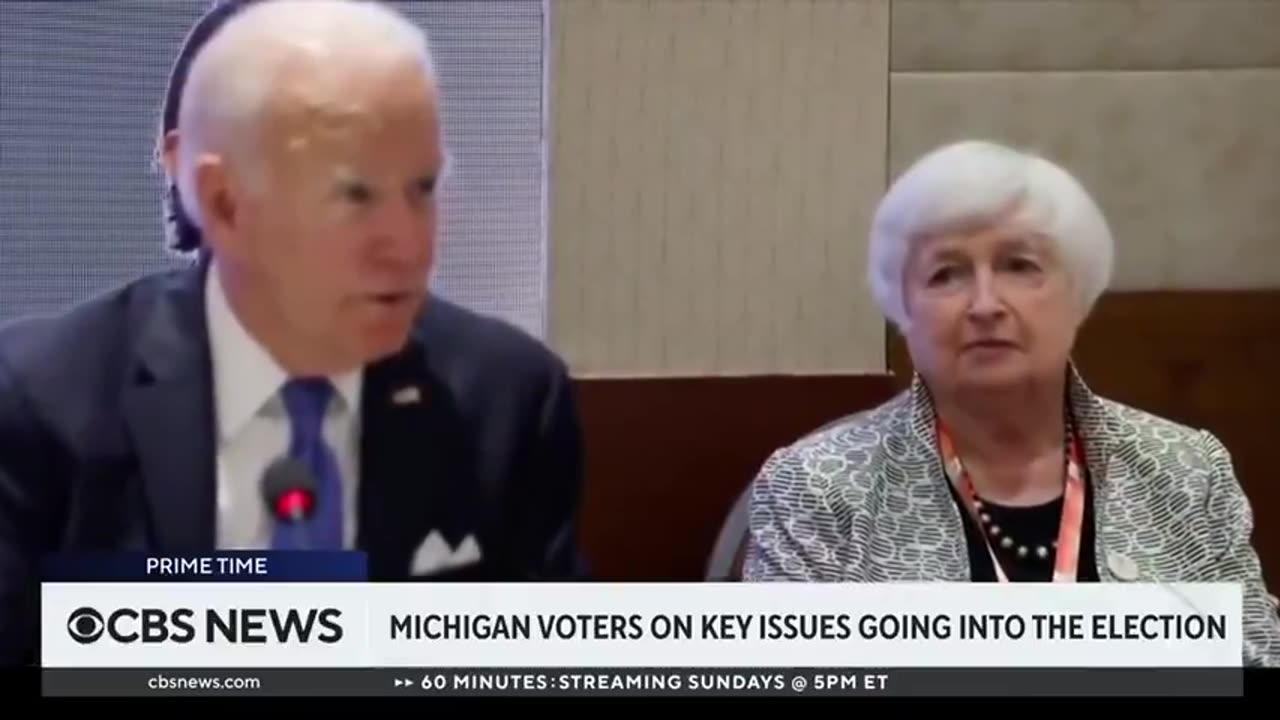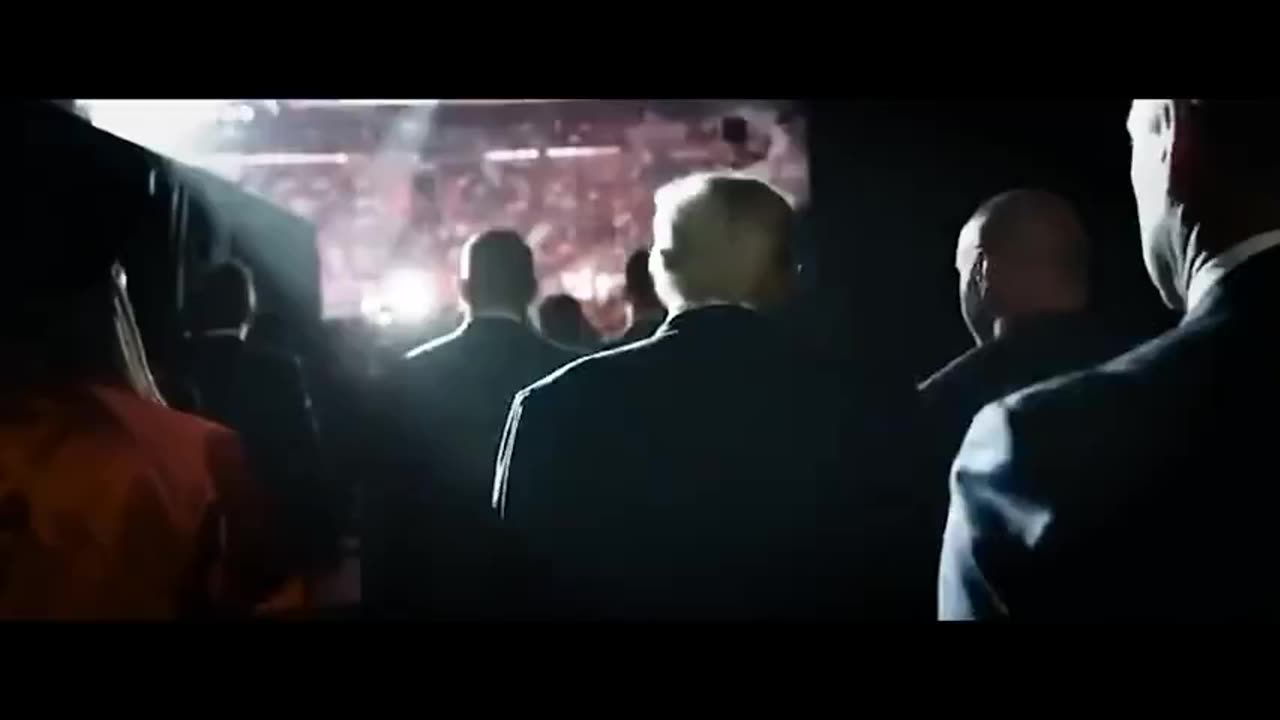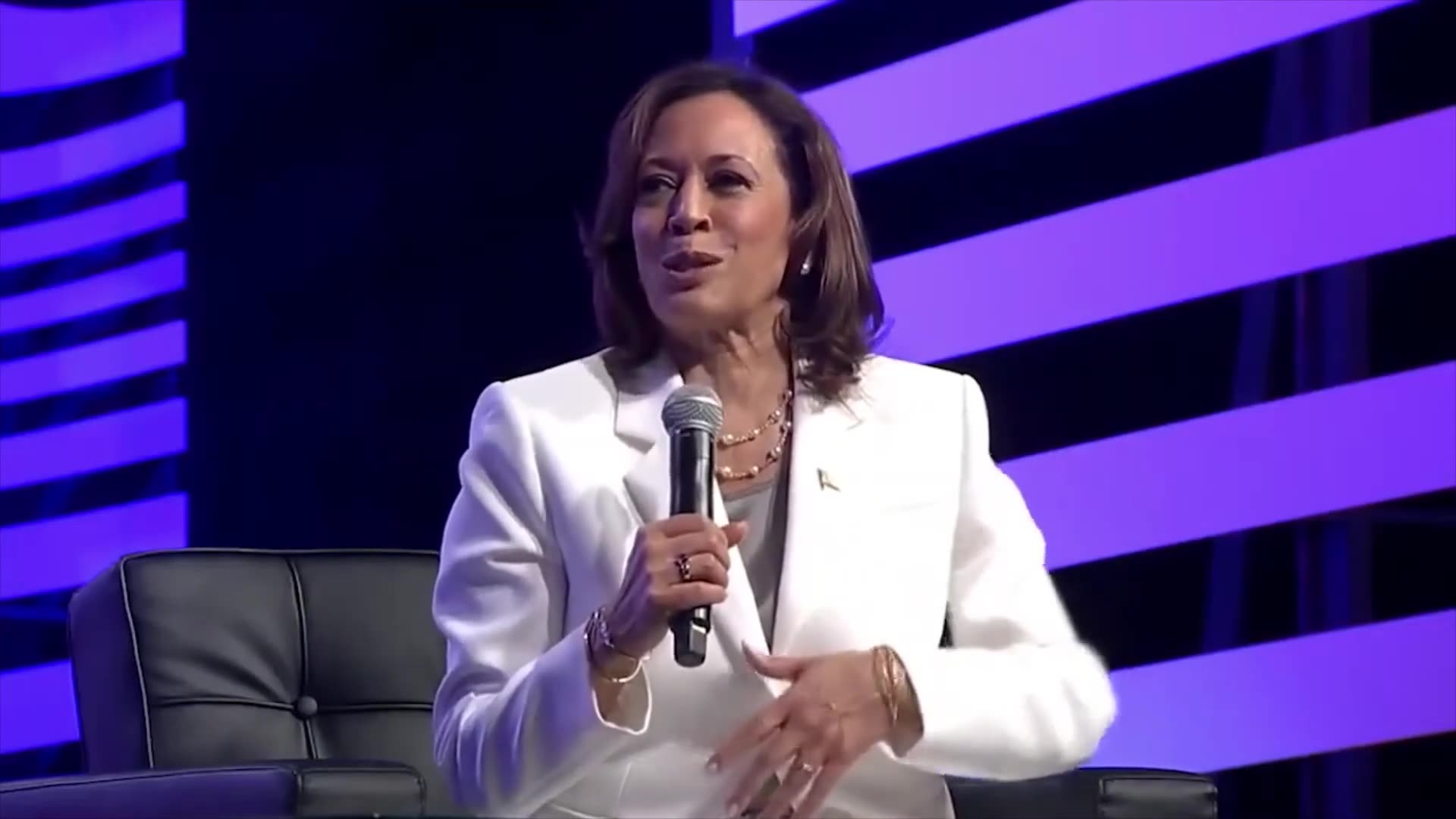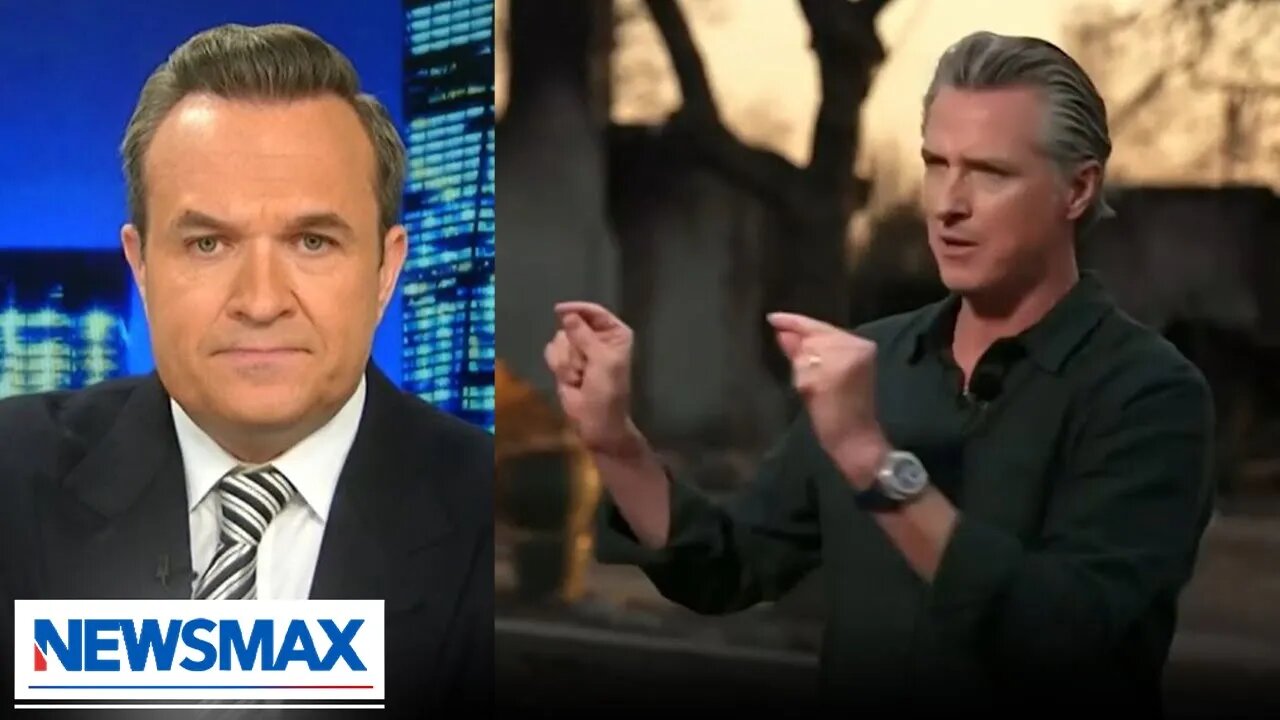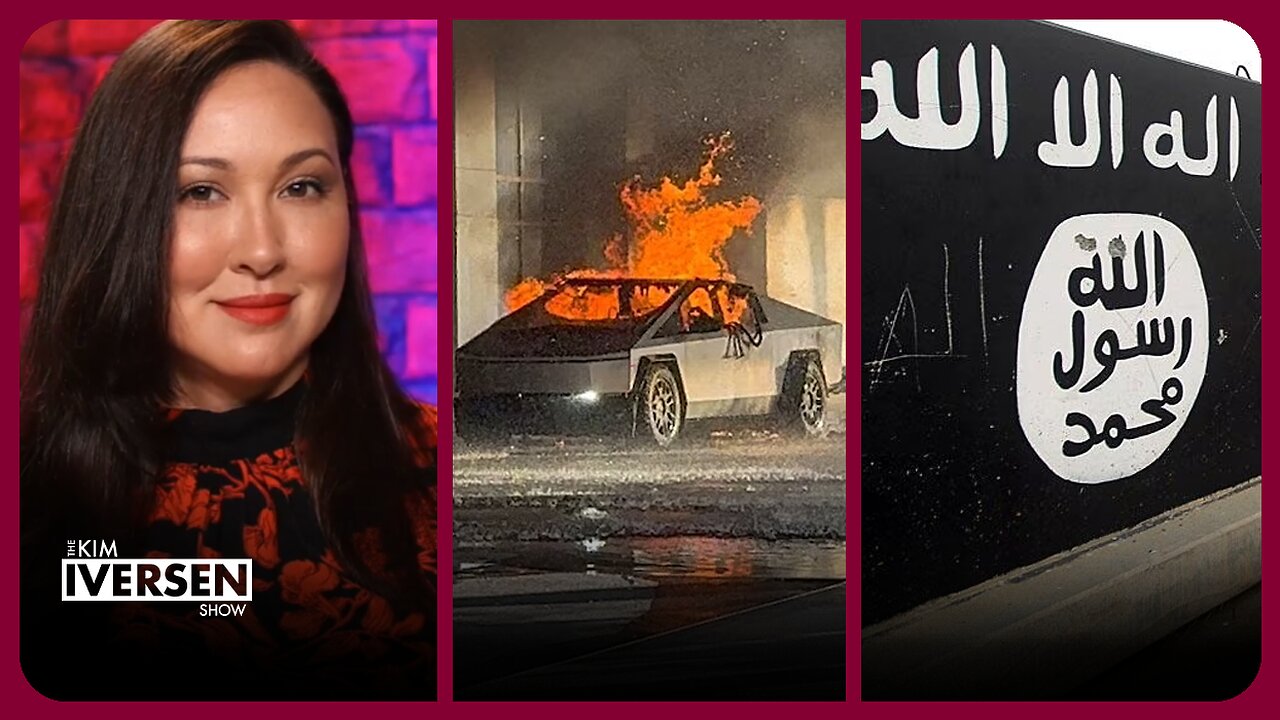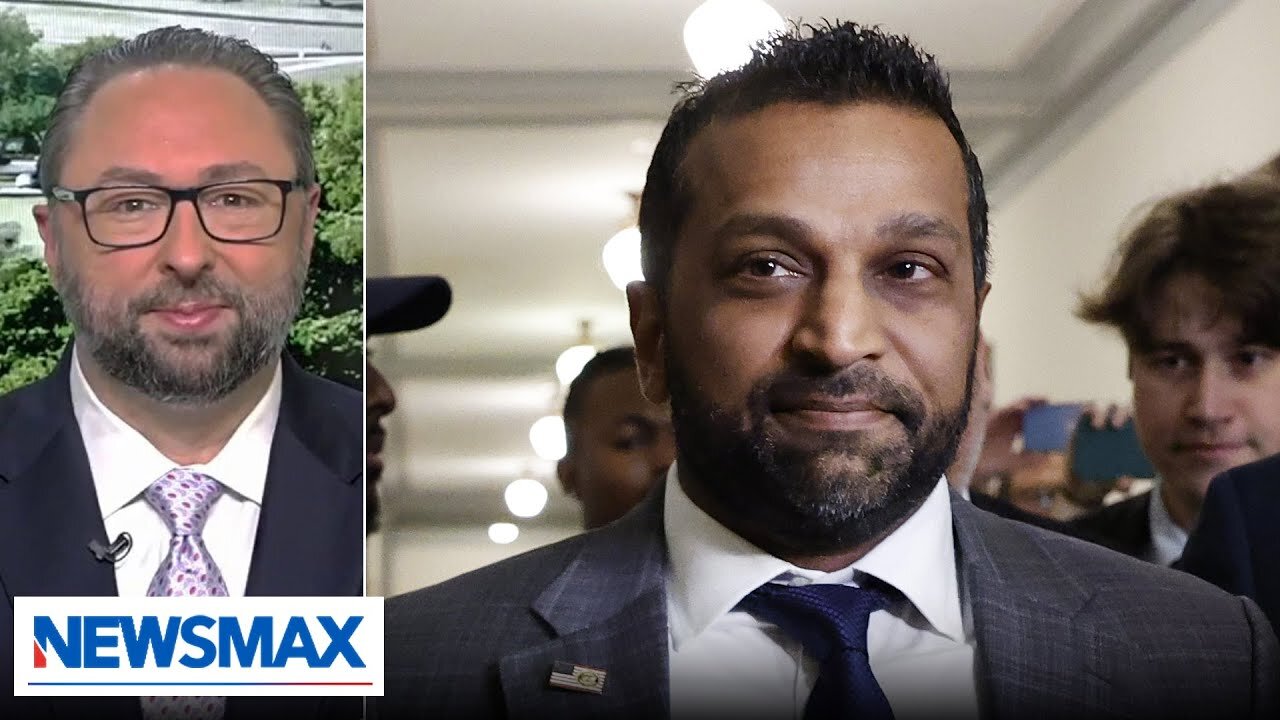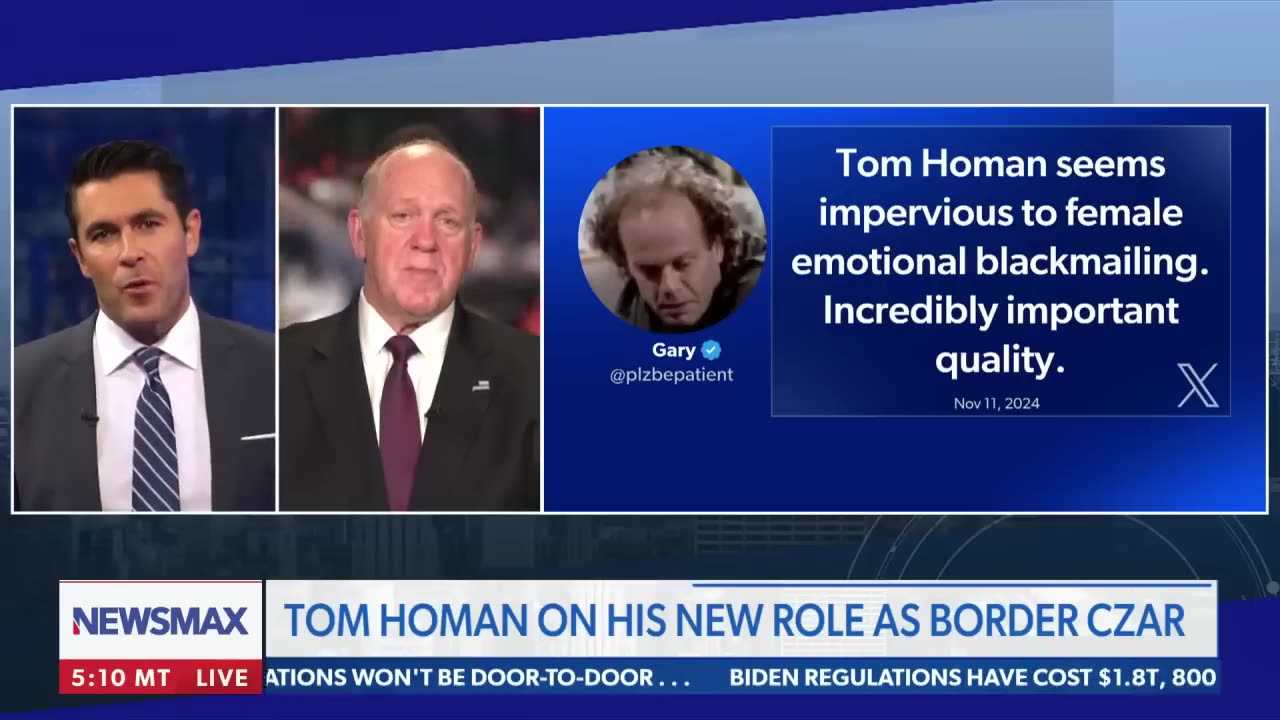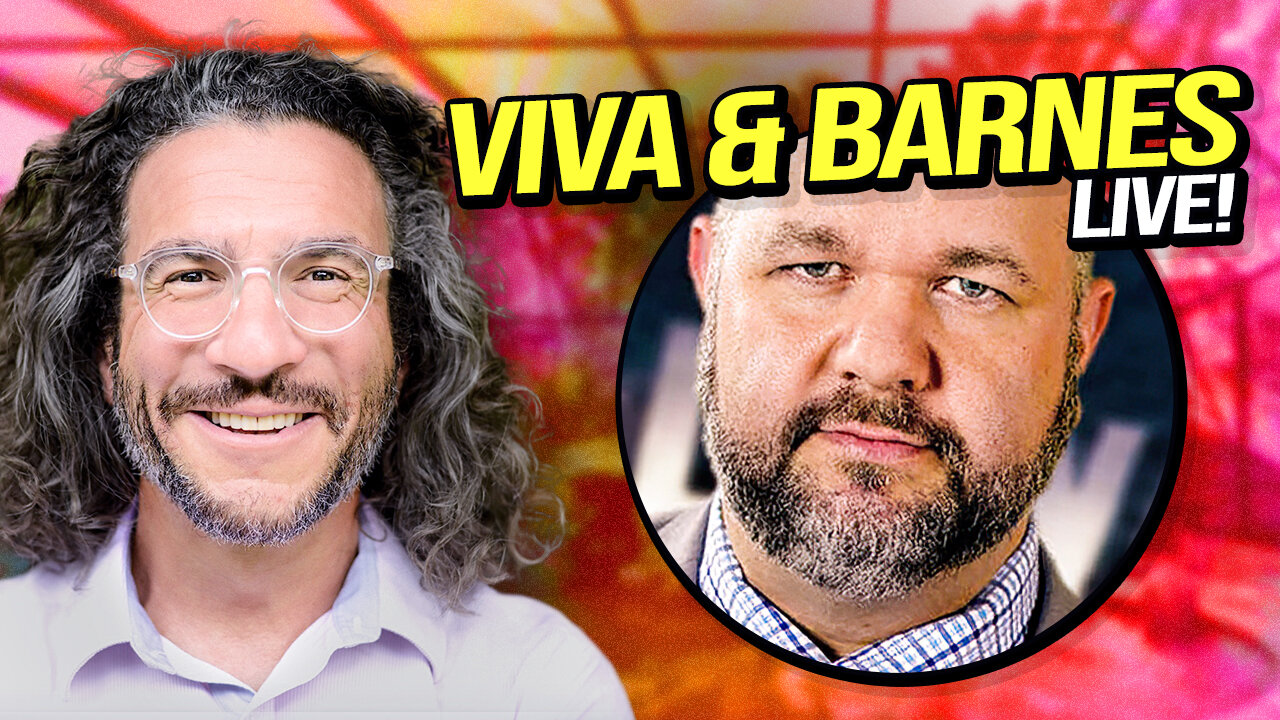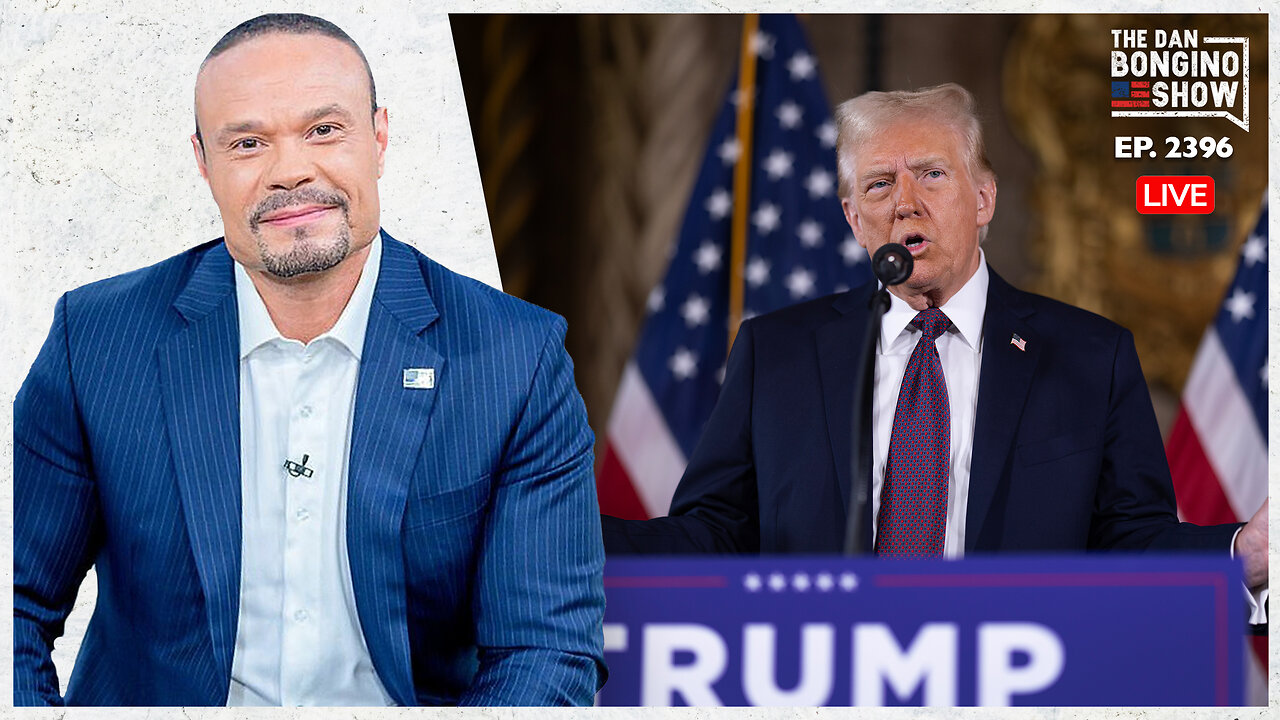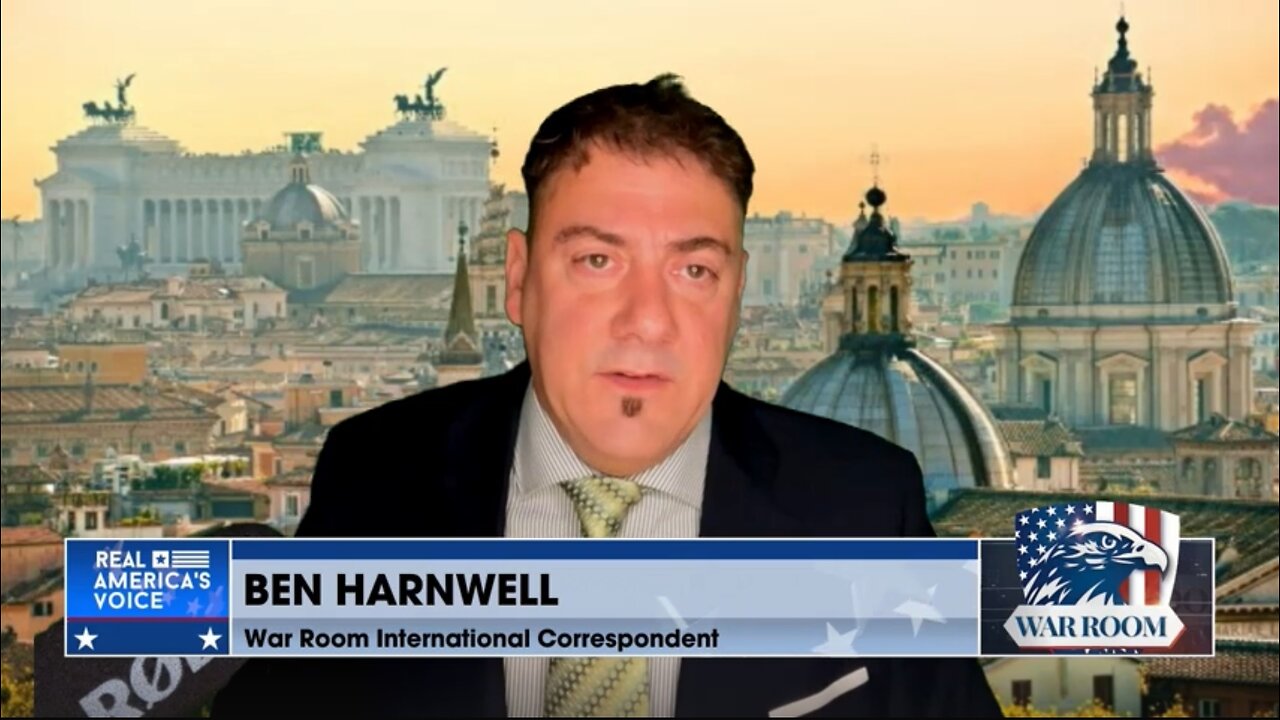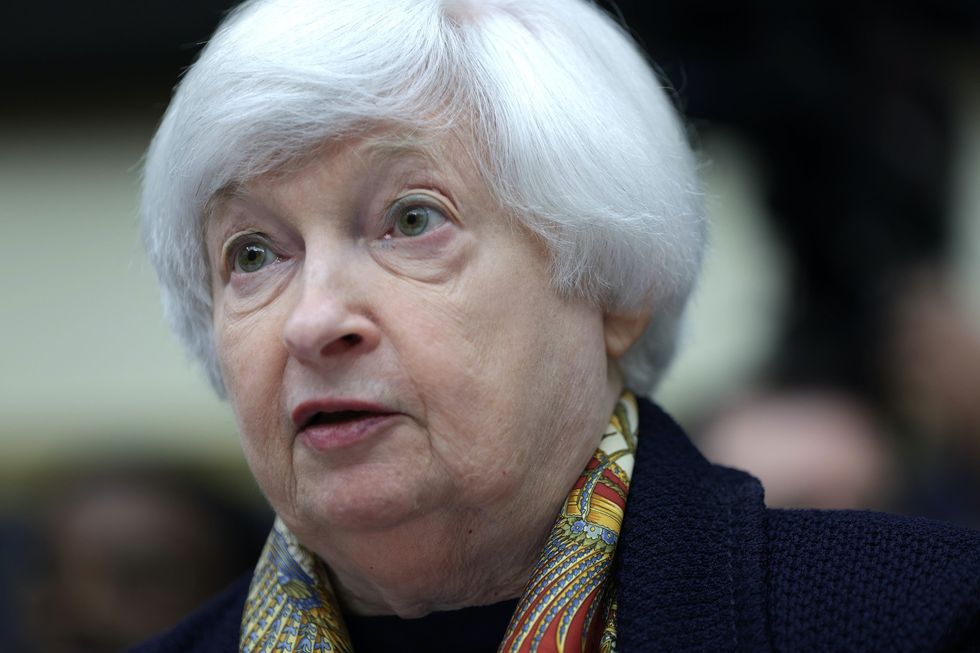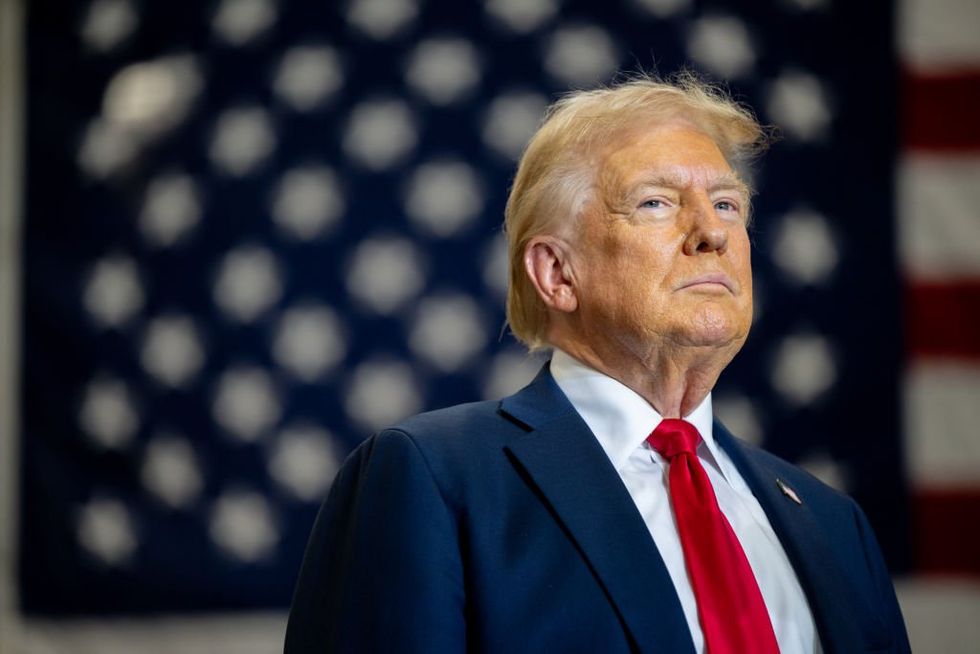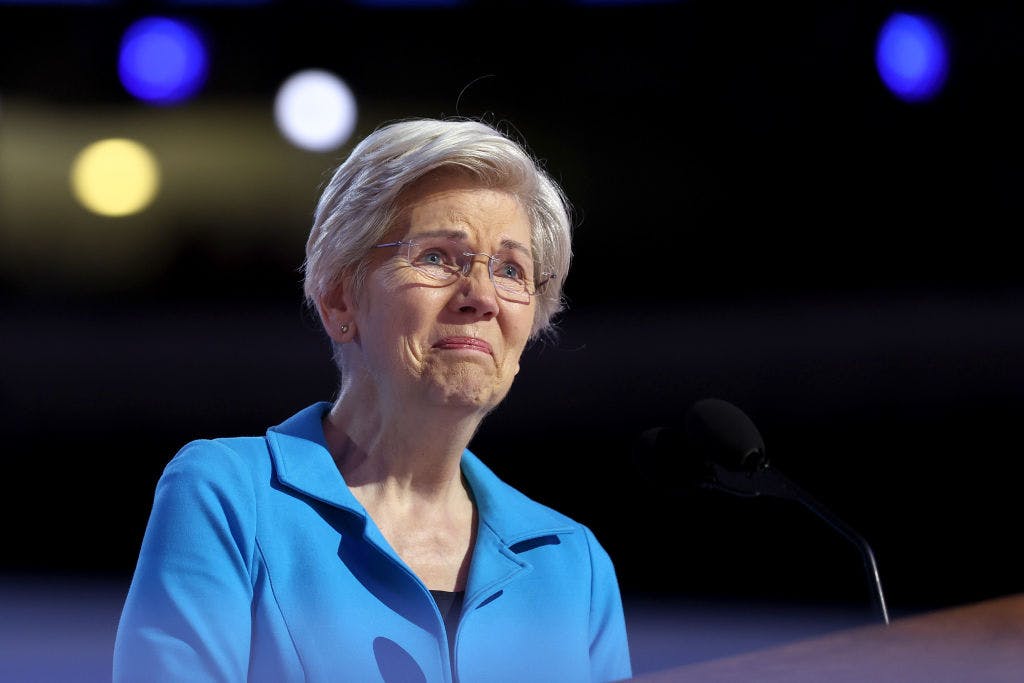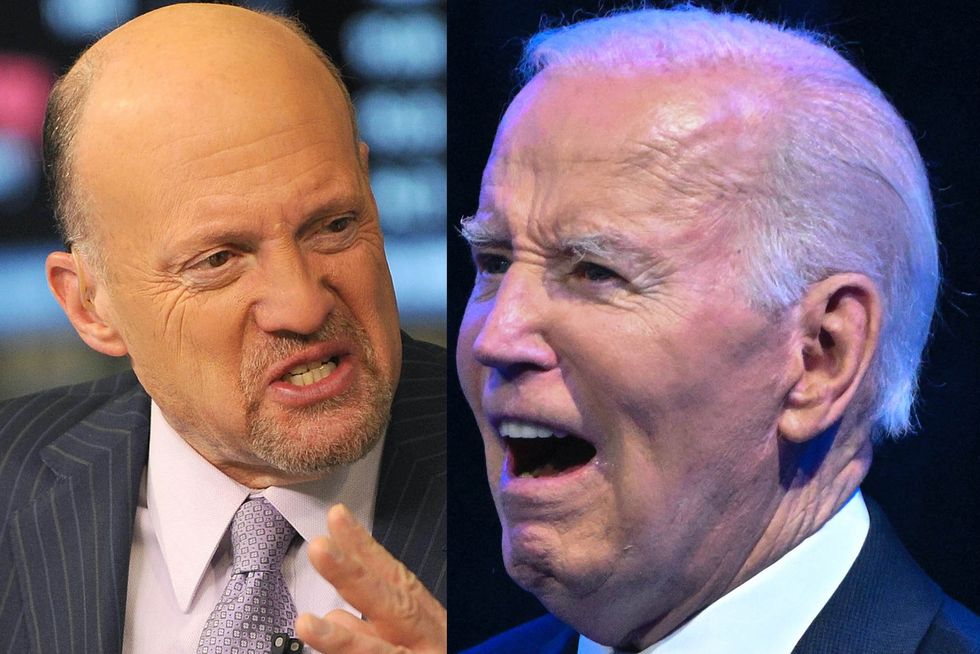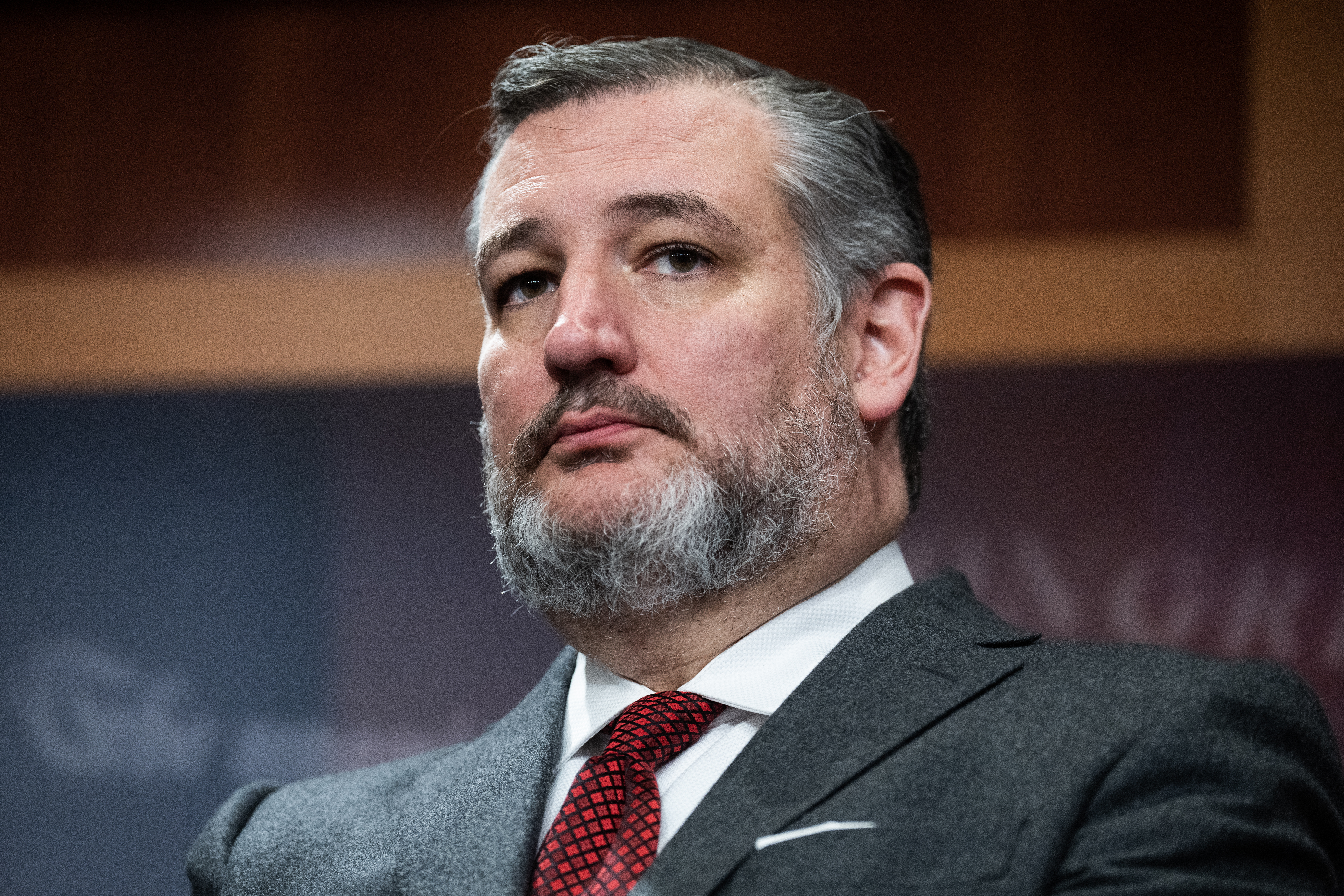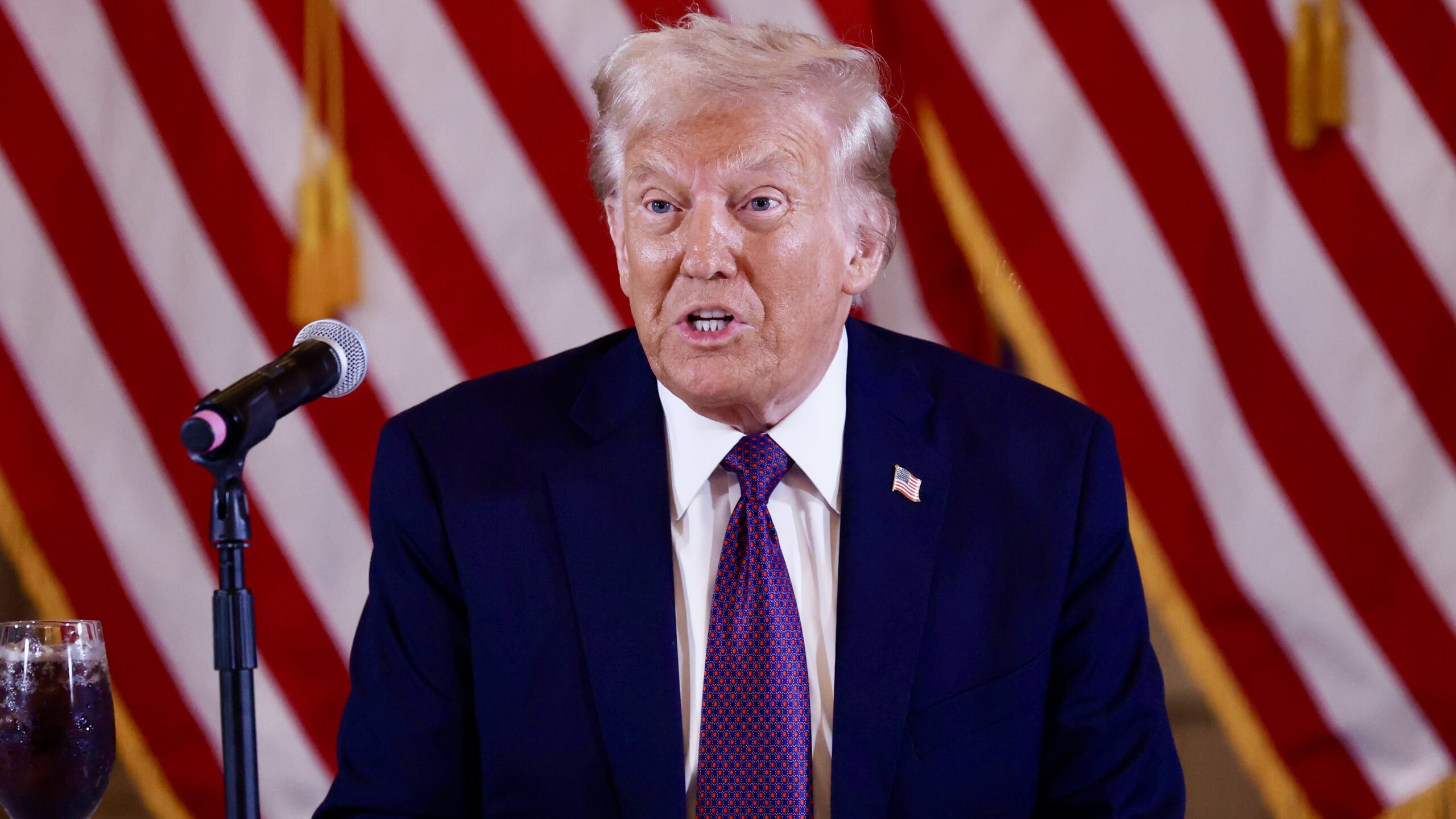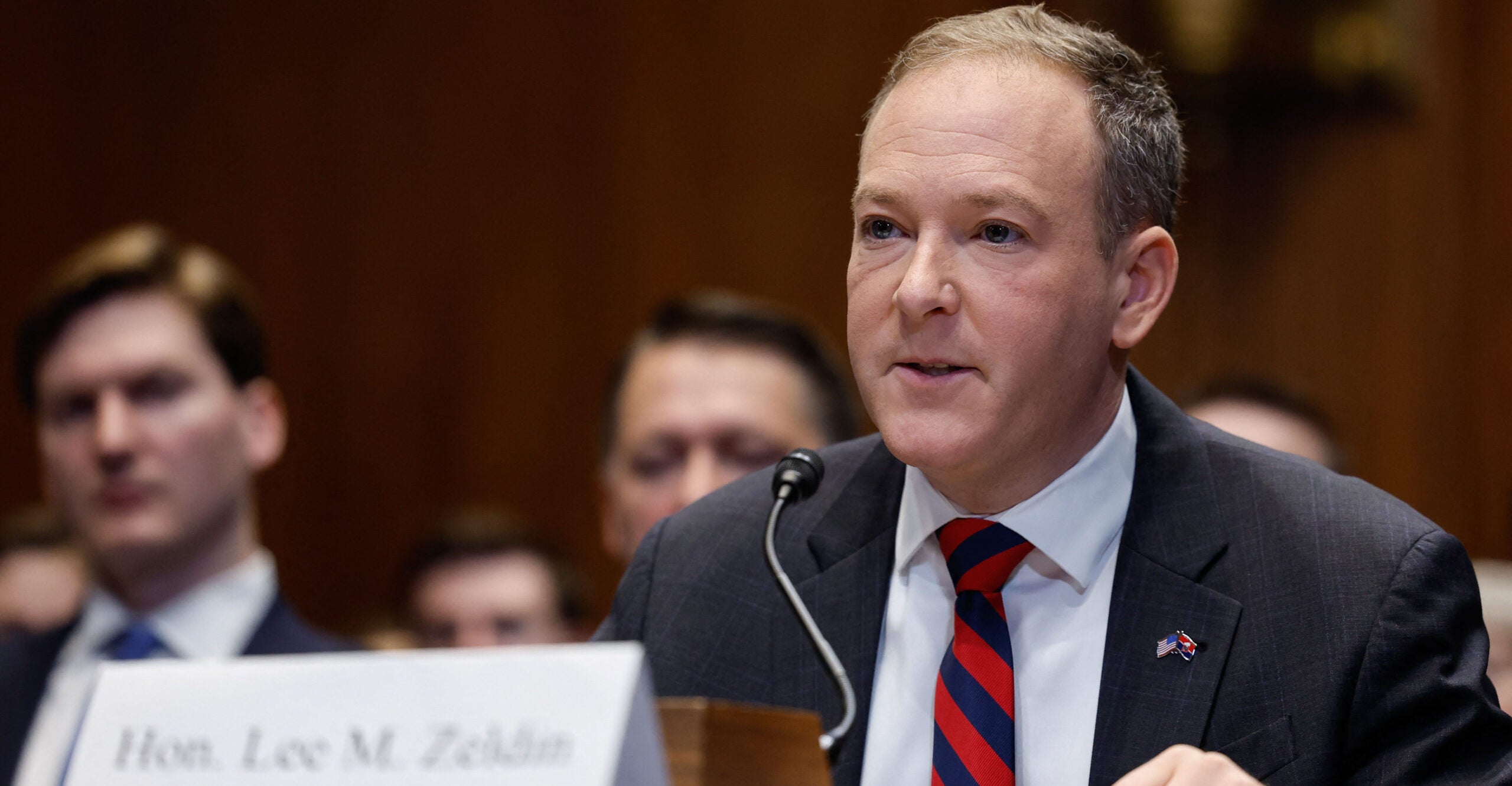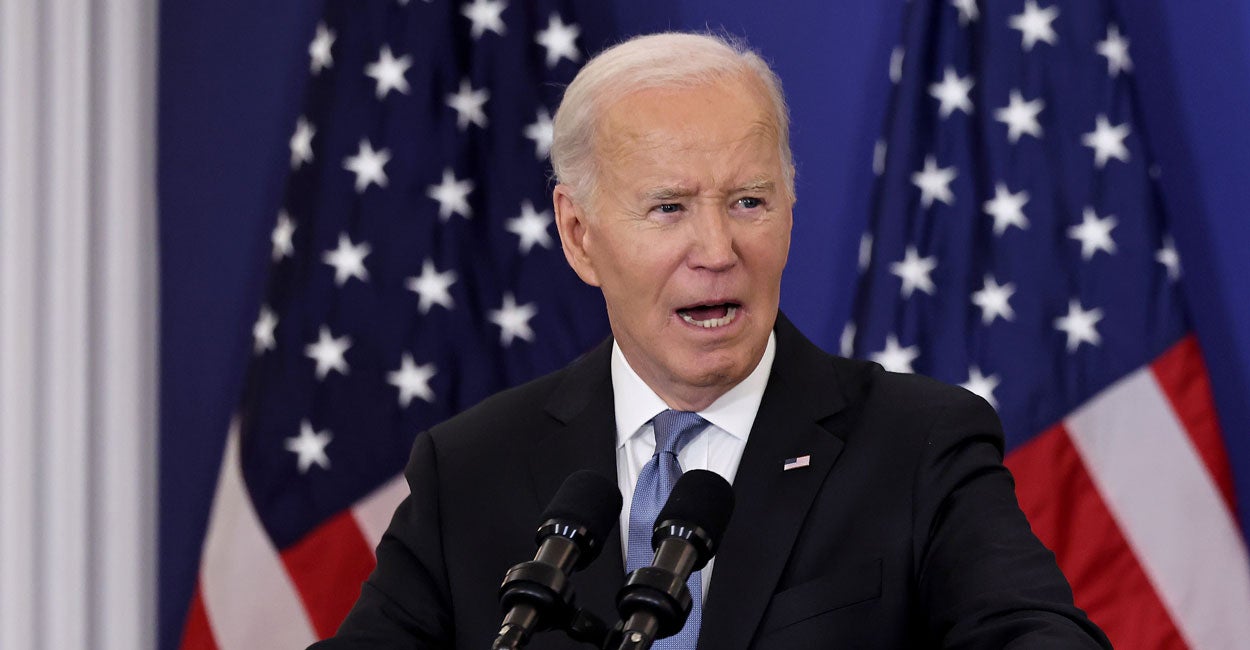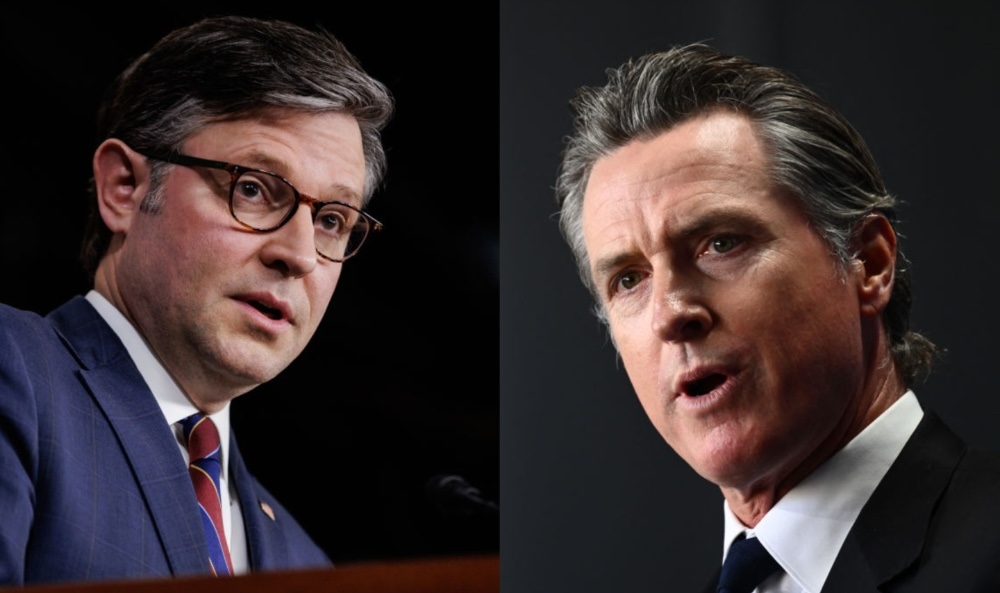How Putin is making plans for a long-term war
Designating new appointees, outlining budget demands, planning conscriptions



On May 14, 2024, Russian president Vladimir Putin appointed economist, and former secret service (FSB) head, Andrei Belousov as Russia’s new defense minister replacing long-serving Sergei Shoigu (aged 69). He also sacked three deputy defence ministers Nikolai Pankov (69), Ruslan Tsalikov (68), and Pavel Popov (67). All three had military backgrounds.
As replacements Putin appointed Leonid Gornin (65), previously first deputy finance minister, and Anna Tsivileva (52), the daughter of his late cousin, as a deputy defence minister. Her husband Sergei Tsivilev is Russia’s energy minister. Also named as deputy defence ministers were Oleg Savelyev (58) and Pavel Fradkov (43) – mainly lawyers and economists.
On September 27, these officials and others, submitted a bill on the federal budget for 2025 to 2027 to the State Duma. The budget calls for 13.5 trillion rubles ($U.S. 145 billion) to go towards National Defense expenditures in 2025 and projects that defense spending will decrease to 12.8 trillion rubles ($U.S. 137 billion) in 2026 but increase to 13 trillion rubles ($U.S. 139 billion) in 2027.
A few days later, on September 30, Putin signed a degree updating the membership of the Security Council of Russia – a key Russian consultative body that informs the President’s decisions on national security issues. Putin added former FSB bodyguard Alexei Dyumin (aged 52), management economist Denis Manturov (55), neurologist Veronika Skvortsova (63), and Head of the Kremlin’s Main Directorate for Special Programs (GUSP) Alexander Linets (61) to the Russian Security Council. None have military expertise.
Dyumin has also been appointed by Putin to lead the ground forces to expel Ukrainian forces from the Kursk Oblast. He has been given until October 15 to achieve this formidable task.
The September decree also ordered the conscription of 133,000 new servicemen in Russia’s autumn draft that started on October 1. They are not supposed to be sent to Ukraine, but inevitably many of them will be.
With Russia going into war production mode the Ukrainians are clearly outgunned. Russia in 2024 spent 7.5% of its GDP on manufacturing military equipment. It can now produce approximately four million shells, 1500 tanks, and 3000 armored vehicles, per year. Russian munition workers work compulsory six-day weeks and 12-hour shifts.
The 2025 budget allows for an incredible 41 percent of all its expenditures in 2025 to combined “defense” and “security” expenses. The budget also notably allocates 14.03 billion rubles ($US151 million) annually from 2025 to 2027 to the creation of a mobilization reserve in the Russian Armed Forces.
The Jamestown Foundation believes this extended and targeted expenditure will result in massive inflation and devaluation of the Ruble. Also, according to the BBC, 70,000+ working-age Russians have been killed in the war to date. Apparently, Putin has postponed the nation-wide census till 2029 to disguise that fact.
Putin has no choice but to pursue this unrelenting, unwinnable war. He wants Russian forces to grab as much Ukrainian land as possible, before the inevitable peace negotiations. He will be watching the U.S. elections and hoping that the “great negotiator” Donald Trump wins.
Putin’s new technocrat appointees would do well to recall the fate of three of Putin’s former supporters, Konstantin Zavizenov, Valentina Bondarenko and Vladimir Sviridov, who all died in mysterious circumstances within the last 12 months.
Patrick Drennan is a journalist based in New Zealand, with a degree in American history and economics.
SUPPORT TRUTHFUL JOURNALISM. MAKE A DONATION TO THE NONPROFIT WND NEWS CENTER. THANK YOU!
What's Your Reaction?
















